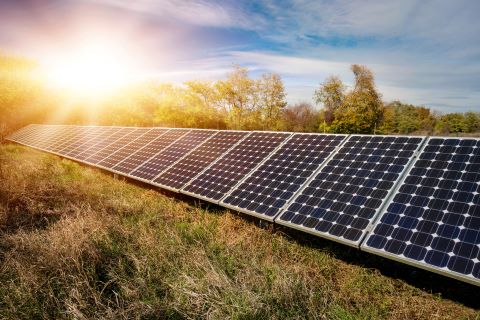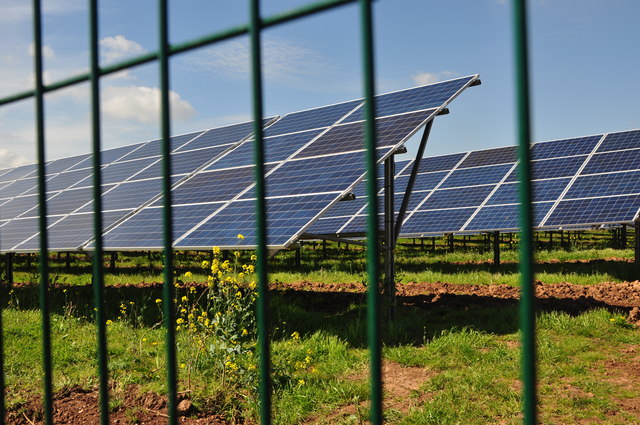The rapid development of economy is often accompanied by many problems, such as huge pressure on energy demand, more constraints on energy supply, and serious damage to the ecological environment caused by energy production and consumption. However, using efficient and pollution-free clean energy, such as solar energy, can well solve the harm of traditional energy to the environment.
Solar energy is the cheapest form of electricity in history. In most countries in the world, the price of solar energy has been lower than that of coal or natural gas. The proportion of solar power generation in the field of energy power generation is also increasing. In addition, the EU recently issued a new directive that will reduce the value-added tax on solar panels, which is undoubtedly good news for solar manufacturers. The development of solar energy as the main source of energy supply can not only reduce the pollution of traditional energy to the environment and reduce carbon dioxide emissions, but also promote the development and utilization of new energy.
However, as a clean energy with zero pollution, solar energy still faces many problems in its development and large-scale application. According to statistics, about 750 million people in the world do not have access to electricity at night. Solar cells provide electricity during the day, but they need a lot of battery storage to be used at night. In Applied Physics Letters, by AIP Publishing, researchers from Stanford University constructed a photovoltaic cell that harvests energy from the environment during the day and night, avoiding the need for batteries altogether. The device makes use of the heat leaking from Earth back into space -- energy that is on the same order of magnitude as incoming solar radiation. At night, solar cells radiate and lose heat to the sky, reaching temperatures a few degrees below the ambient air. The device under development uses a thermoelectric module to generate voltage and current from the temperature gradient between the cell and the air. This process depends on the thermal design of the system, which includes a hot side and a cold side.
The setup is inexpensive and, in principle, could be incorporated within existing solar cells. It is also simple, so construction in remote locations with limited resources is feasible. Using electricity at night for lighting requires a few watts of power. The current device generates 50 milliwatts per square meter, which means lighting would require about 20 square meters of photovoltaic area. The development of this technology is not only a great progress in the energy industry, but also the self revolution of solar cells.
Of course, the improvement of solar energy technology requires not only the efforts of researchers, but also the efforts of solar cell manufacturers. In response to the call of the country, gradually change our country to an energy power by continuously promoting the energy revolution, SOLARPARTS has been committed to the development and utilization of solar energy for many years. The energy conversion efficiency of monocrystalline and polycrystalline solar panels developed and manufactured by SOLARPARTS is as high as 23%. SOLARPARTS will continue to make efforts in promoting the energy revolution and make contribution in realizing the historic transformation of energy production and consumption mode to clean, low-carbon, safe and efficient, and enter a new journey of high-quality development.



